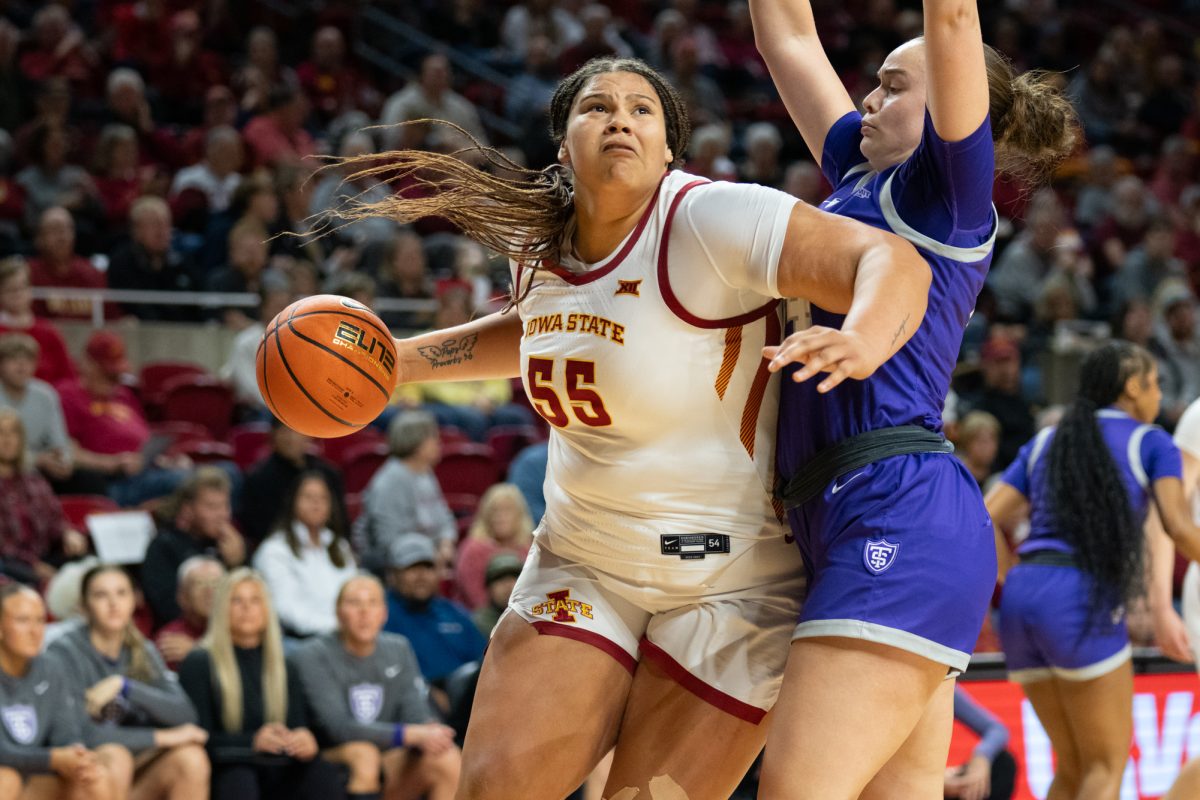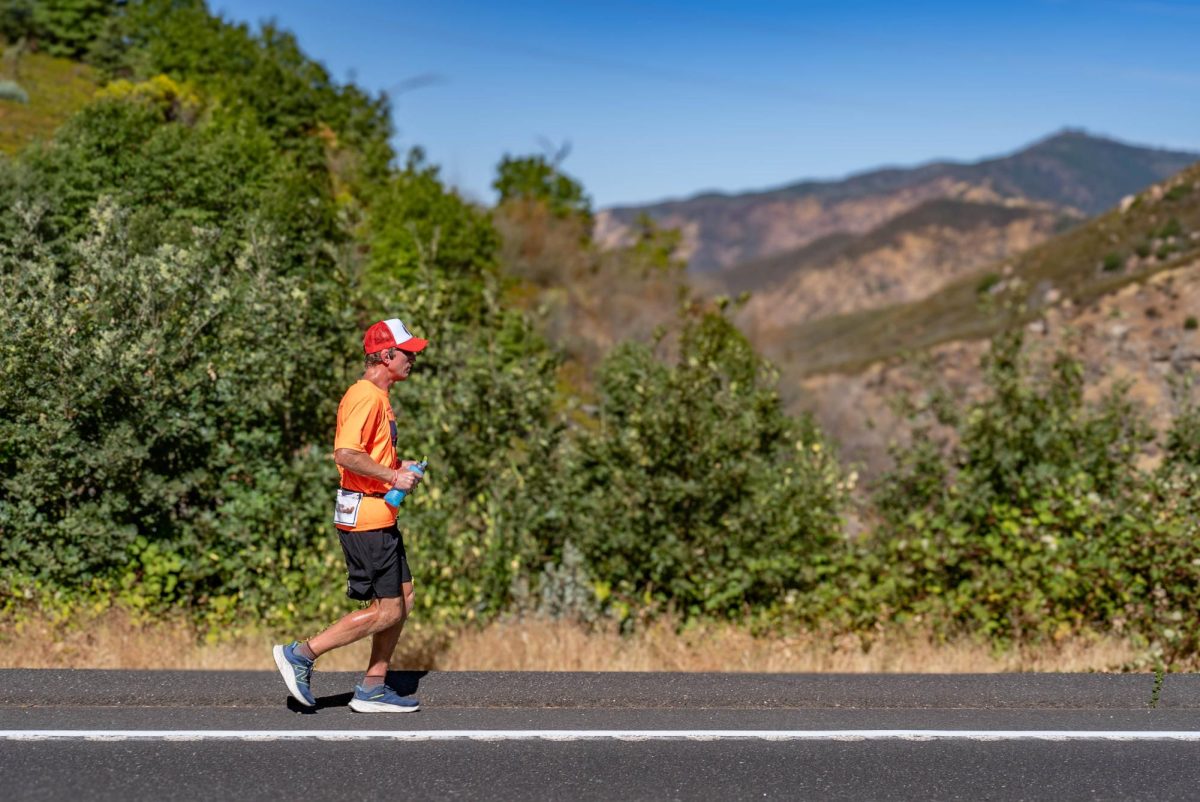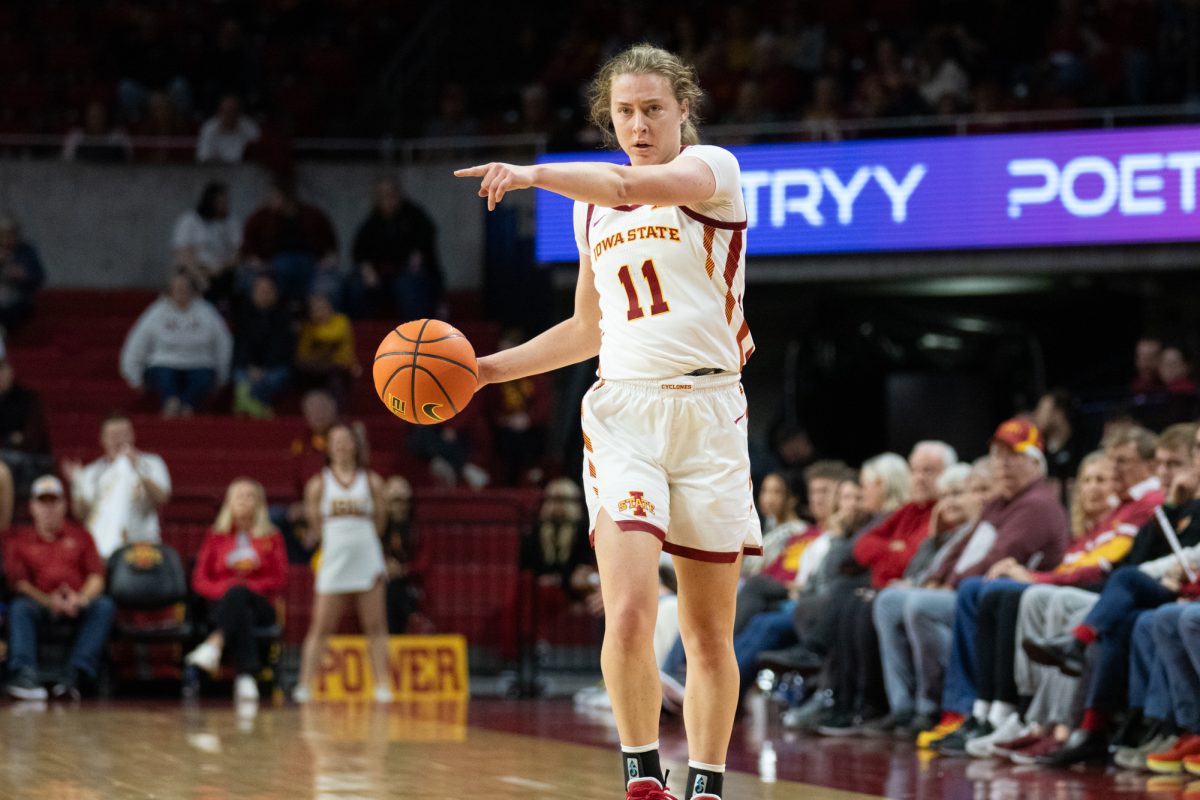Science II Prairie
November 15, 2011
Located between Science I and Science II is a natural prairie.
The prairie is nearly 1800 square yards, and contains natural prairie grasses, trees, and shrubs meant to replicate Iowa’s natural landscape. Headed by Professor Roger Landers in 1973, the initial intention of the field was to serve as an outdoor classroom, giving students hands on experience in nature.
Education remains the primary function of the area. According to Dr. Rolf Koford, the staff member currently responsible for managing the field, “The major benefit is a spiritual connection with nature as students walk through the prairie when the warm season grasses are tall in the late summer.”
Classes from the Natural Resource Ecology and Management (NREM) and Entomology departments use the prairie for plant identification and animal identification studies. The NREM Transitions Learning Community also preforms community service in the area by collecting trash and adding rope fences.
Along with the vegetation, small mammals and insects can be found in the grasses.
A few years ago, an unusual creature visited the Science II Prairie. A Peregrine Falcon was spotted on the roof of Science I overlooking the field. The Iowa Department of Natural Resources constructed a nest box for the bird, but it has not been seen since.
The animals and plants found in the prairie require minimal attention throughout the year, with annual burning being the only major maintenance project.
Burning is an essential for the prairie’s health. “One threat faced by prairies in Iowa is encroachment by trees and brush. These woody species can spread and crowd out the grasses and flowering plants. Prescribed fire is one tool we use to set back the woody vegetation,” says Koford.
Each spring, Koford, the NREM Transitions learning community, and volunteers participate in a controlled burn of the area to restore nutrients and maintain the health of the vegetation. The controlled fire can reach ten to fifteen feet.
The Science II Prairie requires minimal university funding, with volunteers and members of a learning community assisting with projects..
According to John Bennett, a member of Natural Resource Ecology and Management Department and leader in the NREM Transitions Learning Community, “Anybody who takes time to think about it as they are walking by is enriched because of that opportunity to think about the prairie and what it represents.”






